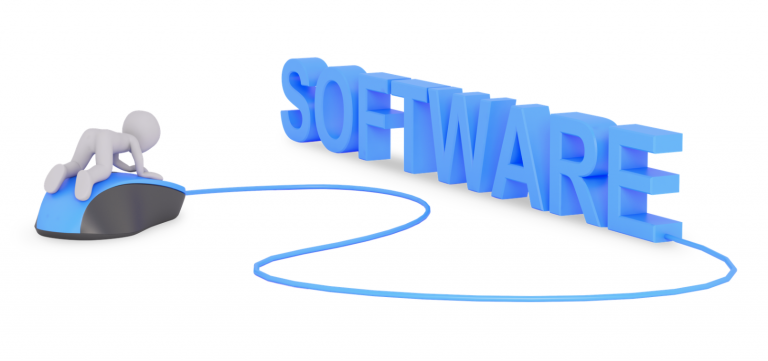

At Lifecycle Insights we sometimes hear the same questions over and over. Sometimes the answer is not a simple yes, no, or “do it that way” type statement. If a question is so complex that it deserves a better answer than one of those, I guess it makes sense to put virtual pen to virtual paper and really talk through the question and its answer.
Today’s question is, what’s the difference between End of Life (EoL) and End of Warranty (EoW)?
First, let’s talk about what lifecycle management is really about, because I think that’s where the disconnect exists for lots of folks. Lifecycle management is about more than just replacing hardware and software when it reaches a certain age. It’s about budgeting! When I owned my MSP, one of my largest clients would spend around $150k every 5-6 years, and next to nothing in between, and they always looked down their nose at me for the fact that Microsoft had gone EoL with their last operating system and that they now had 130 PCs to replace.
Let’s assume 100 Windows XP computers come due for replacement at a cost of $800 each on April 8, 2014. The rest had been replaced over time due to failure or a business need that necessitated an upgrade. That’s an $80,000 purchase in hardware in a single year. 6 years later in 2020, Windows 7 goes EoL and those same 100 computers go EoL again, and the $80,000 problem returns with interest. Sure, the customer replaced a handful (6-8 every year) of computers as needed, but most didn’t get replaced because they were only a few years old, until they all got old together… again.
Left unchecked this client would be replacing a 20% of their technology every year. Gone would be the days of a “good spending year” where they only replaced $6500 replacing 8 machines, and the “bad spending year” where a six figure spend was required to buy down the technology debt that had been accumulating. Lifecycle management is strategic planning. It involves an MSP making recommendations to replace some hardware early, and keep some beyond its predetermined lifespan when it makes business sense, but most of all it involves long term budgeting – seeing down the road and even around corners to keep your clients from having that “Oh-Sh*t!” year where the majority of their technology all goes EoL together.

The same can be done with software. Think about Office or Quickbooks – each has a predetermined end of life. Every MSP knows that Intuit produces tax tables for 3 versions of Quickbooks, and that the 3 year old version needs to be retired by May in order to stay current. If you know this, keep it in front of your clients too! Document your software as a configuration in your PSA or Documentation Platform – give it a purchase date, and an EoL date that matches the vendor’s software support policy. Sometimes these dates are a matter of “length of ownership” and sometimes they are the result of some outside factor being imposed on your client (vendor support, for example), but they are ALWAYS your responsibility to keep in front of your customer.

Networking equipment becomes even more nebulous. It can often run more than the 4-5 years of a desktop PC, maybe even longer than the 5-7 years of a server. Some vendors apply strict EoL policies, and others offer “lifetime warranties”. Some have maintenance agreements and others do not. At the end of the day, an MSP must weigh the strategic importance of a given piece of hardware (risk, business impact, budgetary impact for replacement, etc) and decide if a vendor maintenance agreement is mandatory or optional, and if such agreements can extend EoL beyond your standard recommendation.
Before you say it (maybe you’re already thinking it), no – this is not easy! It’s not simple and the default MSP tools lack the ability to perform this task well… Fortunately for you, that’s why it’s a high-value service deliverable that even mediocre clients will see value in. As helpdesk services are being commoditized, this is a deliverable that is absolutely priceless when presented the right way.

Enter, The Technology Budget!
If you advertise any version of, “we replace your internal technology team” or “we can solve all of your technology needs”, then guess what? You have a responsibility to deliver technology budgeting to their clients. To take it a step further, I believe you should present that budget two ways.
- Short term – Actionable, Detailed and Tactical
- Long term – Summary and Strategic (Wide Angle Guess)
On your short term budget (12-18 months) you should identify every serial number and every asset that your client will be replacing. This is tactical! This is something we can take action on! It should define actionable steps tied to specific hardware devices:
- Sally in accounting gets a new PC because hers is 5 years old.
- The wireless in building 3 is getting replaced because it’s beyond vendor end of support.
I like to present this budget broken into quarters, especially for the clients with whom I’m having quarterly Strategic Business Reviews. You know you have a client bought into this process when you can meet with them at the end of a quarter and agree that you’ll just fire off the invoice the first of next month for all of the projects for the next quarter, and they’ll pay it upon receipt. Your clients will never behave that way? I’ll challenge you to admit that more clients will behave this way if you deliver real value to them in the budgeting process.
On your long term budget (5-6 years) I prefer to only show summaries. In 2023, you’ll replace 6 PCs, 1 server, and 3 switches for a grand total of $35k. We’ll get around to those pesky serial numbers and details later. Wait – you said this was strategic? The strategy comes in the fact that we really don’t care what they are replacing – we care about the delta between 2022 and 2023, and 2024. If you can even out the spend the client will just purchase because the spend next year is the same as last year, etc, etc. If you have radical swings in the budget of $50,000 from year to year, that is hard for small clients to budget, and even harder for large clients to get approved. By flattening the budget from year to year, you’ll actually be helping your clients with their own internal budgetary process, and that provides immeasurable value to the services you’re providing.
Lifecycle Insights has this type of budgeting baked in and largely automated, and we hope you’ll have a look. By taking asset information from the tools you already use and applying API lookups and algorithms to fill in purchase and EoL dates, we reduce the time it takes you to provide these valuable services to your clients. If Lifecycle Insights isn’t for you, then it’s time to dial in this process for your customers by hand. Either way, if you call yourself a Managed Service Provider, this is your responsibility…

